In the mysterious world of serpents, few creatures have mastered the art of disguise quite like the tree root-mimicking snakes. These remarkable reptiles have evolved extraordinary camouflage abilities that allow them to virtually disappear among the tangled root systems of forest floors. By perfectly imitating the texture, color, and even the growth patterns of tree roots, these specialized snakes create an almost perfect illusion, fooling both predators and prey alike. This fascinating adaptation represents one of nature’s most sophisticated examples of cryptic coloration and has enabled these serpents to thrive in environments where visibility could mean vulnerability. Let’s explore the incredible world of these masters of disguise and uncover the secrets behind their remarkable camouflage techniques.
The Gaboon Viper: Master of Root Disguise
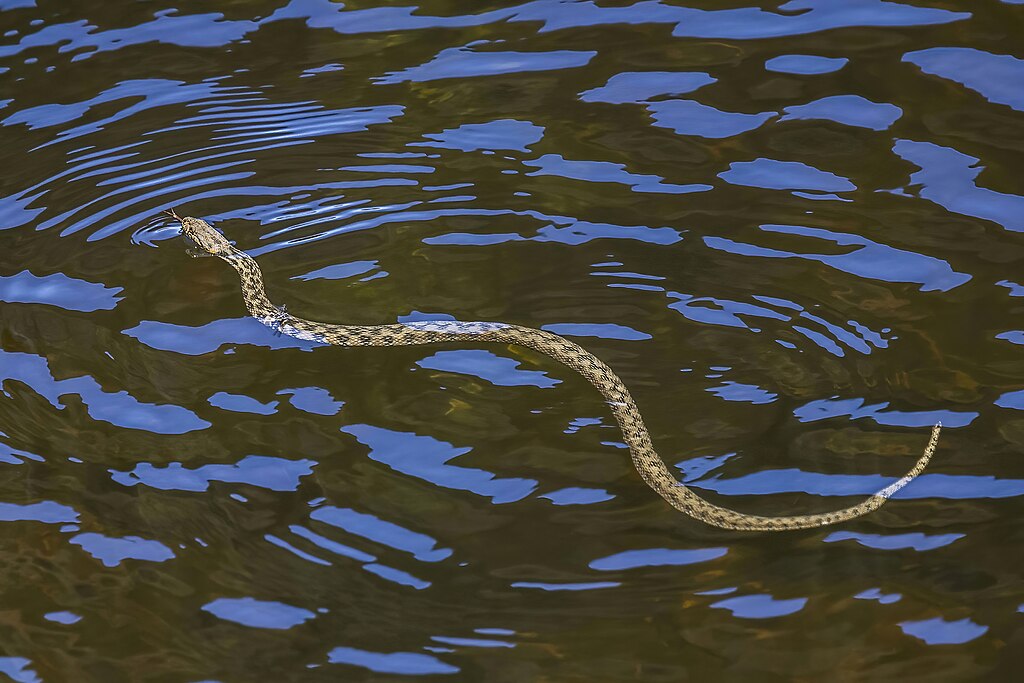
Among the most accomplished root-mimicking snakes is the Gaboon viper (Bitis gabonica), a venomous species native to the forests of sub-Saharan Africa. This impressive snake possesses perhaps the most elaborate camouflage pattern of any snake species, with intricate markings that perfectly mimic the forest floor’s complex tapestry of roots, leaves, and soil. Its body features a mesmerizing geometric pattern of browns, tans, and purples arranged in rectangular shapes that break up its outline when resting on the leaf litter. The Gaboon viper’s exceptionally broad body and triangular head further enhance this illusion, as they create irregular shapes that better match the randomness of natural root systems and forest debris. When motionless, even experienced herpetologists have difficulty spotting these snakes despite their considerable size—adults can reach lengths of up to six feet and weigh over 25 pounds.
Evolutionary Development of Root Camouflage
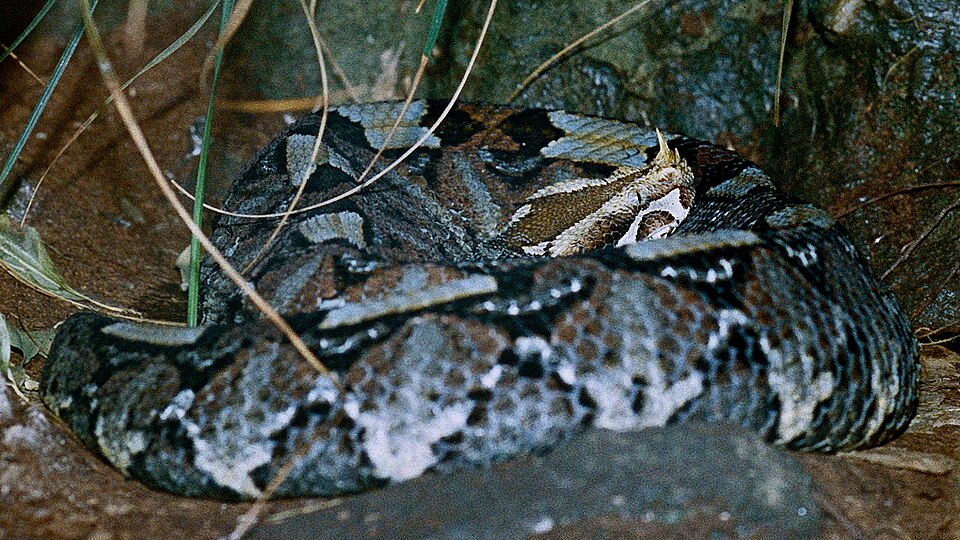
The remarkable root-mimicking abilities of these snakes didn’t develop overnight but represent millions of years of evolutionary refinement. Through natural selection, individuals with coloration and patterns that better matched their surroundings survived at higher rates, gradually leading to the sophisticated camouflage we observe today. The process began with simple color matching to the forest floor and eventually progressed to include more complex pattern matching, texture replication, and even behavioral adaptations that enhance the disguise. This evolutionary journey has been driven by dual pressures: the need to avoid detection by predators such as birds of prey, larger mammals, and other snakes, as well as the advantage of remaining hidden from potential prey. Researchers believe that the highly specific nature of this camouflage indicates just how significant predation pressure has been throughout these species’ evolutionary history.
The Rhinoceros Viper’s Root-Like Texture
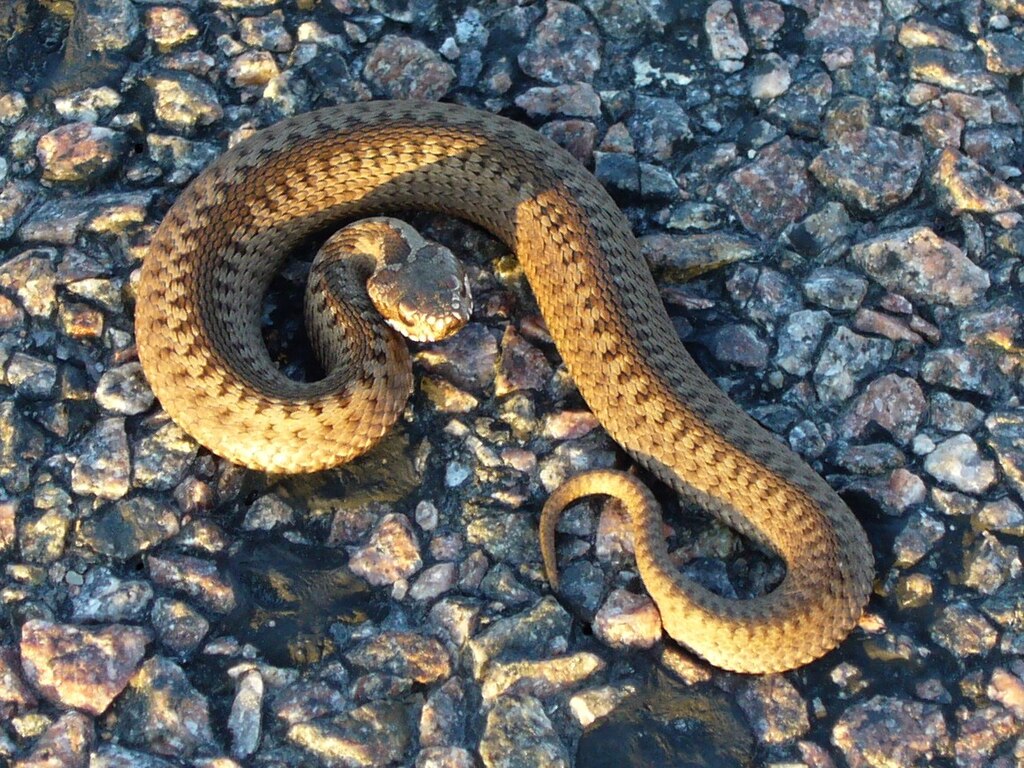
The rhinoceros viper (Bitis nasicornis), a close relative of the Gaboon viper, has developed another approach to root camouflage that focuses particularly on texture. This central African forest dweller possesses distinctly keeled scales that create a rough, ridged appearance remarkably similar to the texture of bark and exposed roots. Its blue-black diamonds and vibrant patterns might seem flamboyant when observed in captivity, but in the dappled light of its native rainforest habitat, these markings break up its outline and perfectly match the patterns created by vegetation and roots. The snake’s most distinctive feature—a set of two or three horn-like scales above each nostril—adds to the irregular outline that mimics the knobby protrusions often found on tree roots. When partially buried in leaf litter with just portions of its body visible, the rhinoceros viper becomes virtually indistinguishable from the surrounding root systems.
The Bush Viper’s Vertical Root Strategy
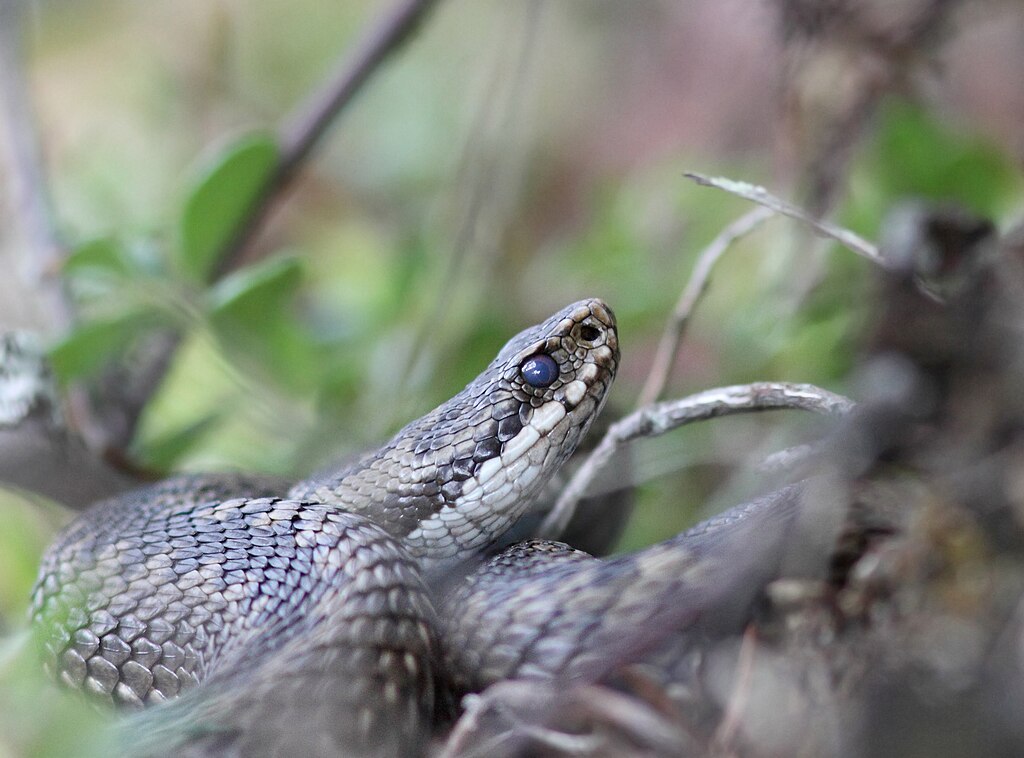
Atheris species, commonly known as bush vipers, approach root camouflage from a different angle—often literally. These arboreal specialists possess strongly keeled scales that create a remarkably rough texture, mimicking not just ground-level roots but the vertical root structures and moss-covered branches found in their rainforest habitats. Their slender bodies are typically adorned in green, brown, or yellowish hues that blend seamlessly with the vegetation and exposed tree roots of their environment. Bush vipers have perfected a hunting strategy that involves positioning themselves along tree roots or branches, where their camouflage is so effective that prey animals fail to recognize the deadly predator until it’s too late. The variable coloration within bush viper species represents adaptations to specific microhabitats, with some individuals specializing in mimicking moss-covered roots while others match bare, exposed root structures.
The Copperhead’s Fallen Leaf and Root Mimicry
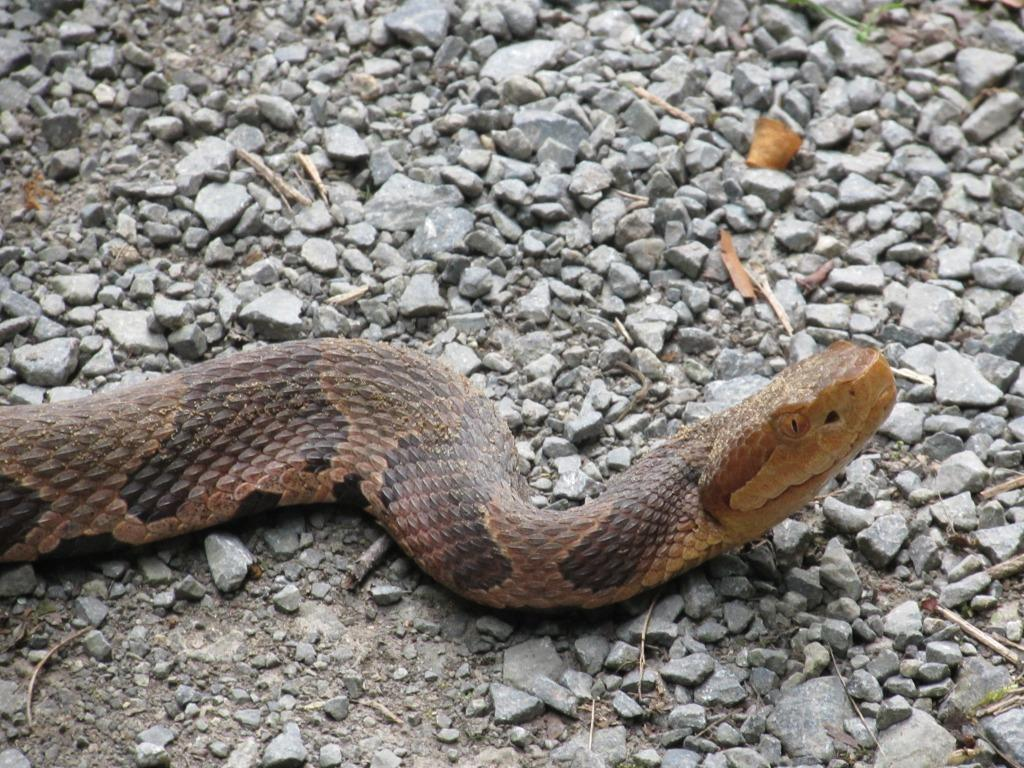
North America’s copperhead snake (Agkistrodon contortrix) has developed a slightly different approach to root camouflage that combines root mimicry with fallen leaf imitation. Their distinctive hourglass-shaped crossbands in copper and brown hues create a pattern that breaks up their body outline and mimics both the dappled forest floor and the intricate patterns of exposed roots. This dual-purpose camouflage is particularly effective in deciduous forests where the snake must adapt to seasonal changes in ground cover. During autumn, when fallen leaves carpet the forest floor, the copperhead’s pattern allows it to disappear among the debris. In spring and summer, the same pattern works equally well to mimic the textures of exposed roots and soil patterns. This versatility demonstrates how some snake species have evolved multi-purpose camouflage solutions that work effectively across different seasonal conditions.
Behavioral Adaptations That Enhance Root Disguise
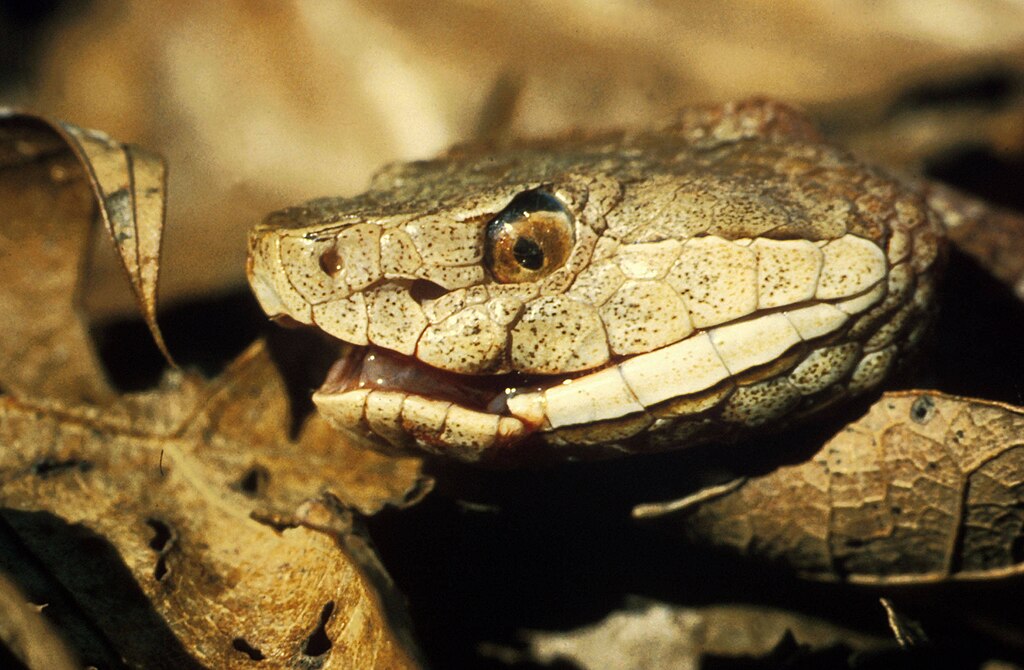
Root-mimicking snakes don’t rely solely on their coloration and patterns—they’ve also developed sophisticated behavioral adaptations that enhance their disguise. Most notably, these species exhibit extraordinary patience and stillness, often remaining motionless for days at a time while waiting for prey. Their breathing becomes shallow and almost imperceptible, eliminating the subtle movement that might otherwise give away their position. Many species will partially bury themselves in leaf litter, leaving only portions of their camouflaged bodies visible, further blurring the line between snake and root structure. Some species, like the Gaboon viper, will even allow leaves and debris to settle on their bodies, adding another layer to their concealment strategy. These behavioral components of their camouflage strategy are just as important as their physical characteristics in creating the perfect disguise.
The Death Adder’s Root Ambush Techniques
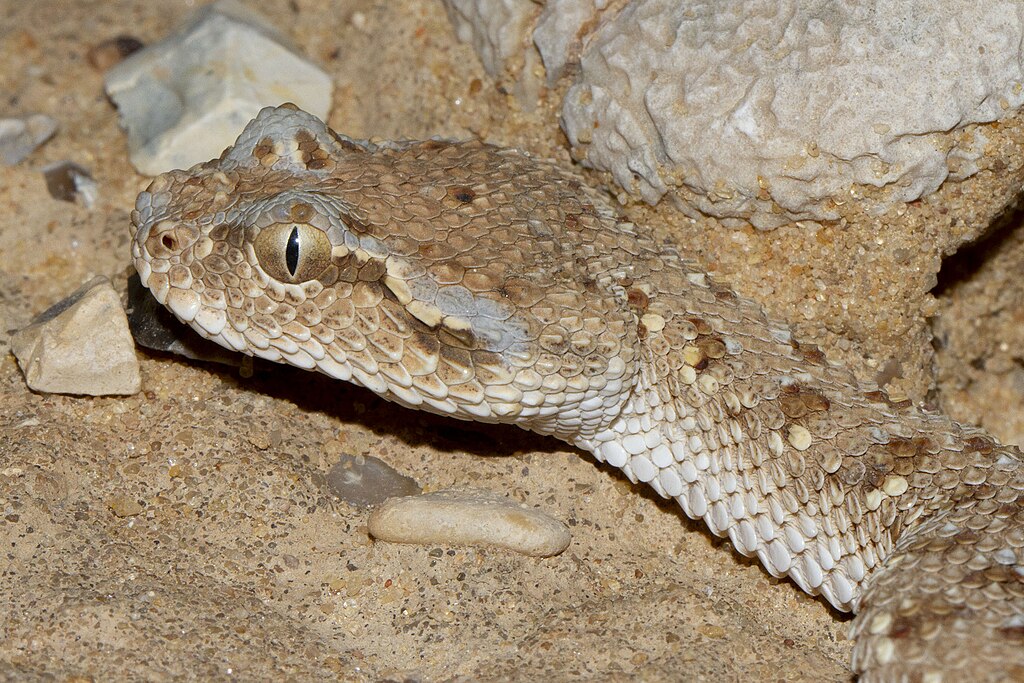
Australia’s death adders (Acanthophis species) have evolved a specialized form of root camouflage specifically optimized for ambush hunting. These stocky, viper-like elapids position themselves at the base of trees where root systems create natural hunting blinds from which they can strike with minimal warning. Their triangular heads and thick bodies blend perfectly with the roots and debris, while their tail tips—often colored differently from the rest of their body—serve as a lure that they wiggle to attract curious prey animals. Death adders can remain motionless for weeks, patiently waiting for the perfect opportunity to strike. Their highly refined camouflage allows them to disappear against exposed roots so completely that prey animals have been observed walking directly over them without triggering a defensive response from the snake—the predator remains committed to its disguise until the perfect striking opportunity presents itself.
Scientific Research on Snake Camouflage Effectiveness

Recent scientific studies have begun quantifying just how effective root-mimicking camouflage is for these specialized snakes. Using standardized photography and computer vision algorithms, researchers have measured detection rates by both human observers and potential predators, finding that root-mimicking snakes can reduce detection rates by up to 98% compared to non-camouflaged species. One fascinating study used heat-sensing cameras to track wild Gaboon vipers, revealing that individuals with more complex pattern arrangements enjoyed significantly higher hunting success rates and lower predation risks. Another research team employed 3D scanning technology to analyze the microscopic surface texture of scales, discovering that root-mimicking species possess minute ridges and indentations that scatter light in patterns remarkably similar to plant matter. These scientific approaches are helping us understand not just how the camouflage works visually, but also how it functions against different predator visual systems, including those that perceive different light spectrums than humans.
Conservation Challenges for Cryptic Species
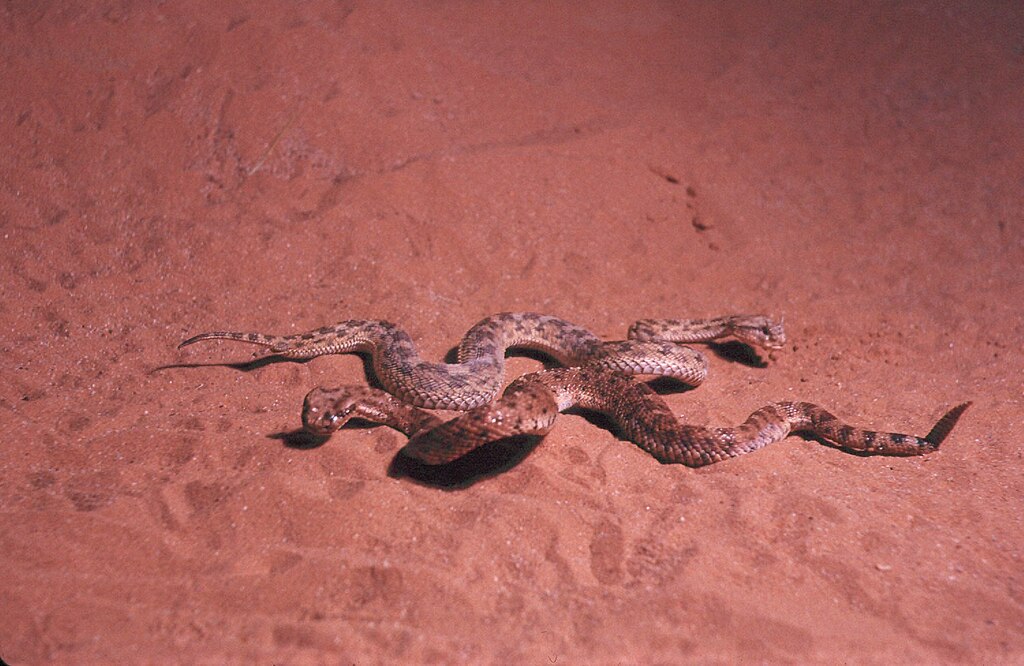
The very adaptations that make root-mimicking snakes so successful in nature create unique conservation challenges. These highly camouflaged species are exceptionally difficult to detect during biological surveys, often leading to population underestimates that complicate conservation planning. Their specialized camouflage also makes these snakes particularly vulnerable to habitat destruction, as their adaptations are precisely calibrated to specific forest environments. When these habitats are altered, the camouflage that once served them perfectly may suddenly make them conspicuous. Conservation efforts for these species increasingly rely on environmental DNA sampling, specialized detection dogs, and thermal imaging technologies to better assess population sizes and distributions. Despite these challenges, understanding these remarkable adaptations provides conservationists with valuable insights into the specialized microhabitats that must be preserved to ensure these evolutionary marvels continue to thrive.
Root Mimicry Versus Other Forms of Snake Camouflage
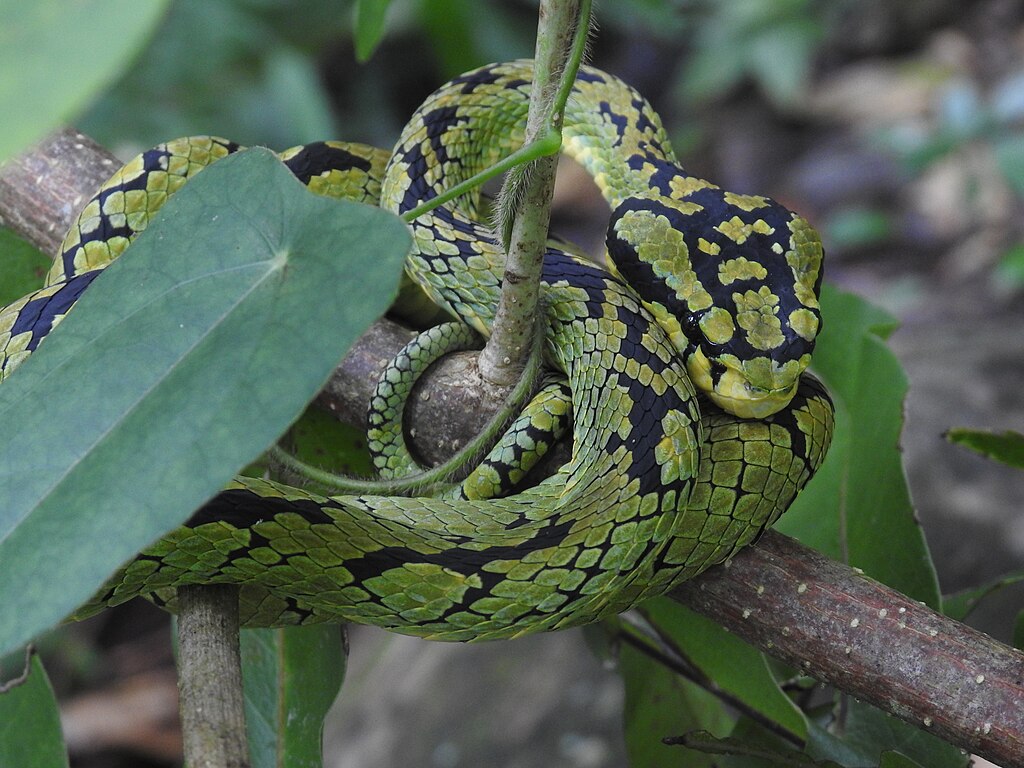
While root mimicry represents one highly specialized form of camouflage, it exists within a broader spectrum of disguise strategies employed by snakes worldwide. Unlike vine-mimicking snakes that replicate linear plant structures or species that match general background coloration, root-mimicking specialists have developed patterns that specifically break up their body outline and create the illusion of random, intersecting structures. This differs significantly from warning coloration displayed by venomous coral snakes or the disruptive coloration employed by many arboreal species. Root mimicry also contrasts with the defensive mimicry seen in some harmless snakes that imitate venomous species, as it represents camouflage in its purest form—the art of disappearing rather than being misidentified. Each of these strategies represents a different evolutionary solution to the challenges of survival, with root mimicry being particularly effective in the specific niche of forest floor ambush predation.
Cultural Significance and Human Interactions
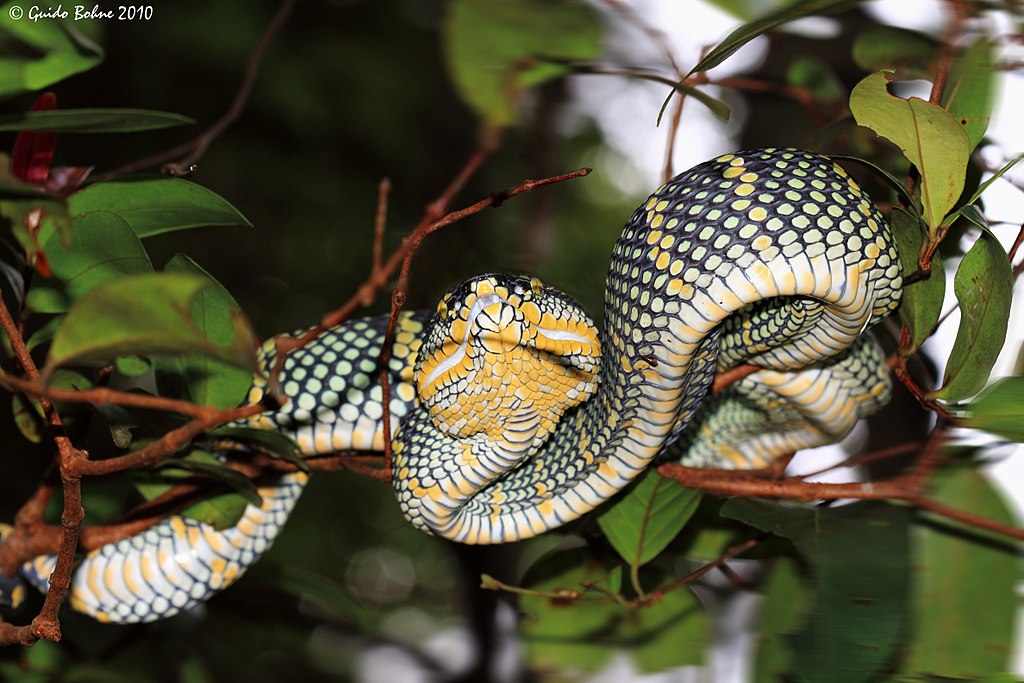
The extraordinary camouflage abilities of root-mimicking snakes have earned them significant places in the cultural traditions of people living alongside them. In parts of Central Africa, the Gaboon viper’s perfect disguise has led to numerous folk beliefs about its supernatural abilities to appear and disappear at will. Some traditional stories suggest these snakes can transform between root and animal form, reflecting the genuine challenge of distinguishing them from their surroundings. These cultural perceptions have practical implications for human safety, as the snakes’ camouflage makes accidental encounters more likely in areas where humans gather firewood or harvest forest products. Many communities have developed specialized knowledge for detecting these well-hidden snakes, with traditional ecological knowledge sometimes identifying subtle signs that even trained biologists might miss. This relationship between camouflage effectiveness and human perception demonstrates how evolutionary adaptations can shape not just ecological interactions but cultural ones as well.
Photographic Challenges and Wildlife Documentation

Wildlife photographers and documentary filmmakers face extraordinary challenges when attempting to capture images of root-mimicking snakes in their natural environment. The very adaptations that make these snakes so fascinating also make them nearly impossible to photograph without disturbing their natural behaviors or artificially enhancing visibility. Professional wildlife photographers often report spending days or even weeks searching for properly camouflaged specimens, frequently walking past individuals multiple times before finally spotting them. Even with advanced camera technology, capturing images that both show the snake clearly and demonstrate its camouflage effectiveness creates an inherent contradiction—the better the camouflage works, the less visible the subject is in the photograph. This has led to specialized photographic techniques, including controlled lighting that temporarily reveals the snake’s outline or comparative images showing the same scene with and without the snake highlighted. These documentation challenges explain why, despite their fascinating adaptations, root-mimicking snakes remain less frequently featured in wildlife documentaries than many other serpent species.
Future Research and Unanswered Questions
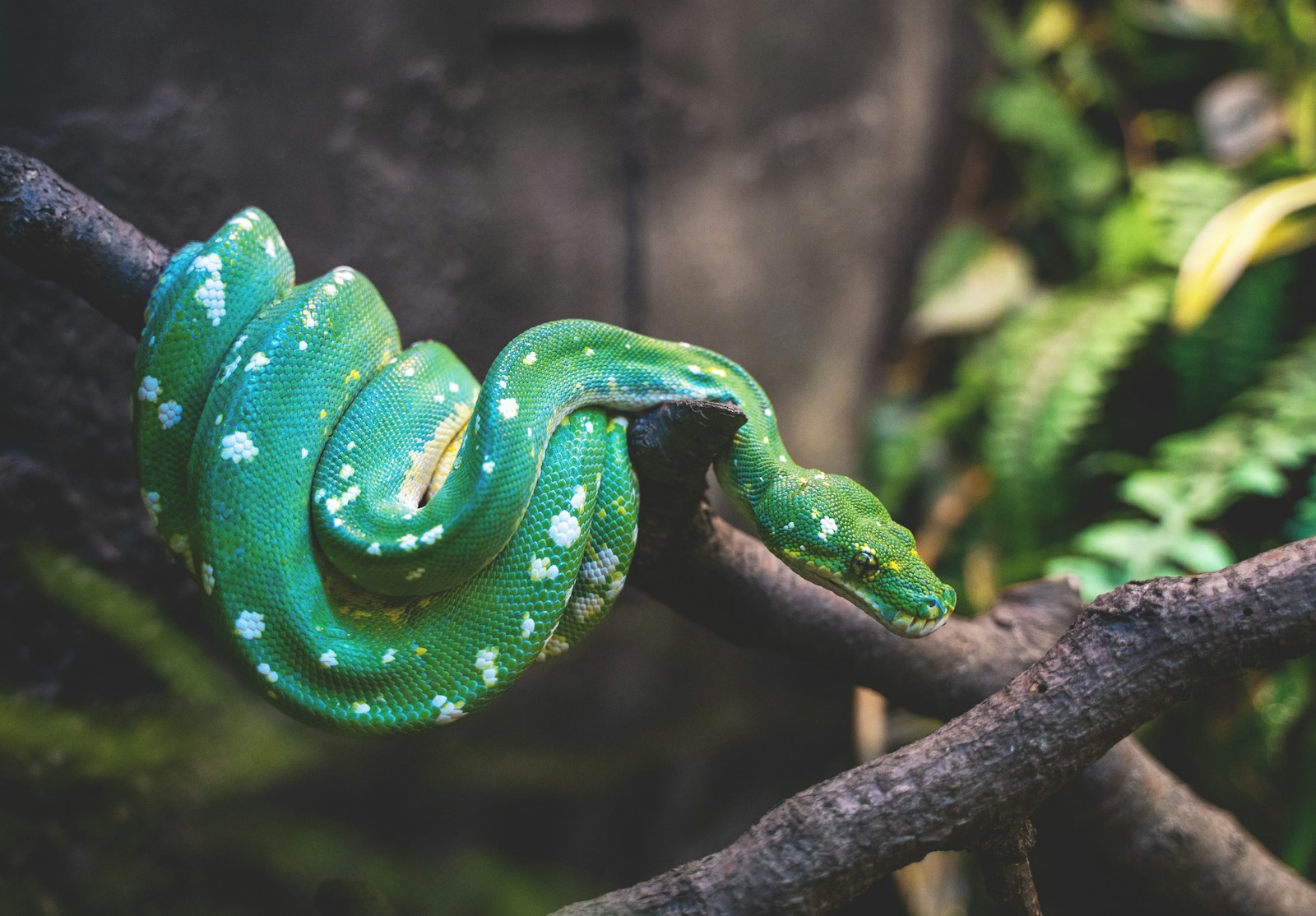
Despite our growing understanding of root-mimicking snakes, numerous fascinating questions remain unanswered about these masters of disguise. Researchers are particularly interested in how these snakes might perceive their own camouflage and whether they actively select microhabitats that best match their particular patterns. Some preliminary studies suggest that individual snakes with different pattern variations show preferences for slightly different background environments, indicating a potential self-assessment of camouflage effectiveness. Scientists are also exploring how climate change might affect the delicate balance between these snakes and their carefully matched environments, particularly as seasonal patterns of leaf fall and vegetation growth shift. Another promising research direction involves biomimicry applications, with materials scientists studying these snakes’ camouflage techniques to develop new camouflage technologies with military and conservation applications. As research technologies advance, we may soon uncover even more secrets about how these remarkable reptiles have perfected the art of disappearing in plain sight.
Conclusion

The remarkable evolutionary achievement of snakes that camouflage as tree roots represents one of nature’s most sophisticated examples of adaptive disguise. Through millions of years of natural selection, these serpents have developed extraordinarily precise visual mimicry, combining specialized coloration, intricate patterning, textured scales, and patient behavior to create nearly perfect illusions. Beyond their biological importance, these snakes offer us profound insights into evolutionary processes and the power of natural selection to create highly specialized adaptations. As forest habitats face increasing threats worldwide, preserving the environments where these masters of disguise evolved becomes not just a conservation priority but an opportunity to protect one of nature’s most remarkable evolutionary achievements. The next time you walk through a forest, remember that what appears to be just another tree root might actually be one of these remarkable predators, hiding in plain sight through the power of perfect camouflage.




